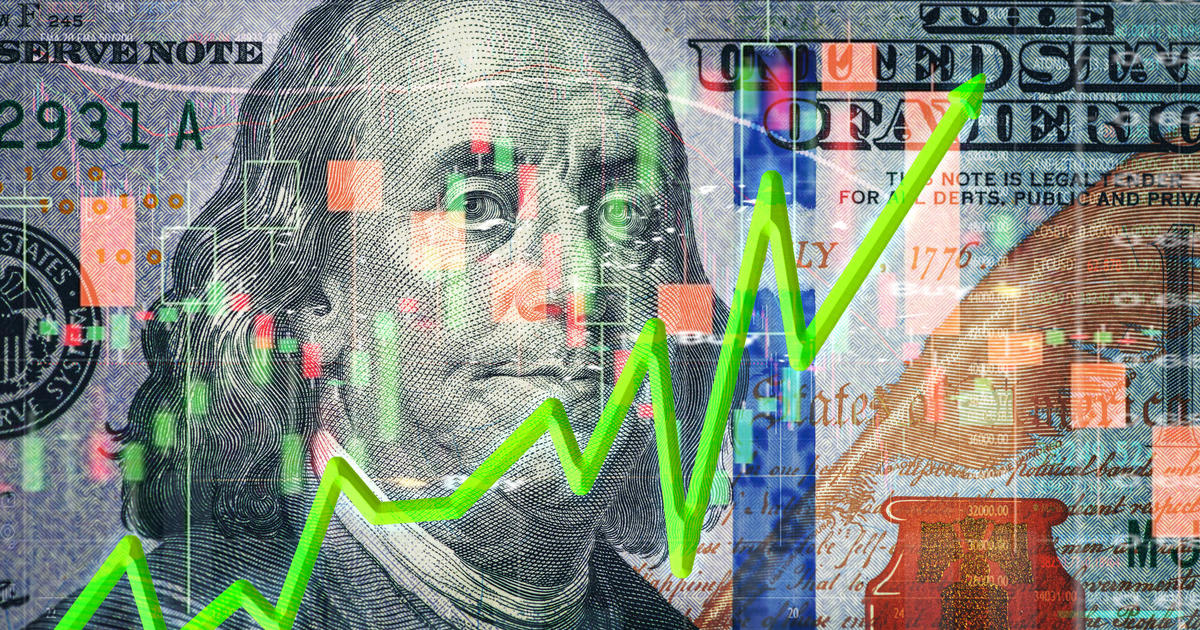Dallas, Detroit, Honolulu, San Francisco and Seattle are all distinctly different U.S. cities, but with one thing in common: Residents there have been hit hardest by inflation.
That’s according to a study from WalletHub which compared key inflation metrics within 23 major metropolitan statistical areas in connection with the latest Consumer Price Index data, as well as CPI data from two months ago and a year ago. The findings suggest inflation is impacting certain cities more than others, further stretching the budgets of Americans in particular parts of the U.S.
Inflation rose 3.3% nationally in May compared to a year ago but rosed even higher in Detroit at 3.5%, a year ago, San Francisco at 3.8%, Seattle at 4.4%, Dallas at 5% and Honolulu at 5.2%, WalletHub’s study shows. In contrast, inflation’s impact in San Diego, Atlanta, Denver, Minneapolis and Tampa, has been far less extreme in some cases, with those cities seeing increases between 1.8% and 3.2%.
Inflation in Dallas is particularly intense due to a housing shortage that is driving up the cost of shelter, one local economist said. The Dallas-Fort Worth area has seen an influx of 150,000 residents between July 2022 and July 2023 and those new residents haven’t found adequate housing, said Dean Stansel, a research economist at Southern Methodist University in Dallas.
“Government restrictions on the construction of new housing are making it difficult for supply to keep up with demand,” Stansel told CBS MoneyWatch. “That housing shortage is driving prices higher than they would otherwise have been.”
Other cities like Seattle are likely still struggling with inflation because of minimum wage hikes that have added higher labor costs to local businesses, Stansel said.
“Those higher labor costs lead to higher prices for the output of firms using minimum wage labor, such as fast-food restaurants and grocery stores,” Stansel said. “Those higher prices for inexpensive food are particularly burdensome for those with low incomes struggling to make ends meet.”
The CPI data released this week pushed the Federal Reserve to leave its benchmark interest rate unchanged and pencil in only one rate cut for this year. The Fed has not disclosed when that rate cut will happen.
Within the data, the price of airfare, furniture, clothing, new vehicles, energy and recreation fell in May, helping contain inflation, but shelter costs increased for a fourth straight month, up 0.4%. Medical care, used cars and trucks, education costs, and food away from home also edged up. Economists say shelter and fuel costs are the two biggest anchors weighing inflation from reaching levels the Fed wants to see.
“The expectation is that inflation in these areas should eventually fall as these price effects run their course in different markets, but this is admittedly taking longer than many initially predicted,” Grant Black, an economist at Lindenwood University, said in WalletHub’s study. “Thankfully, recent inflation data show that food and fuel prices have begun falling modestly, which is a benefit to consumers’ budgets.”
